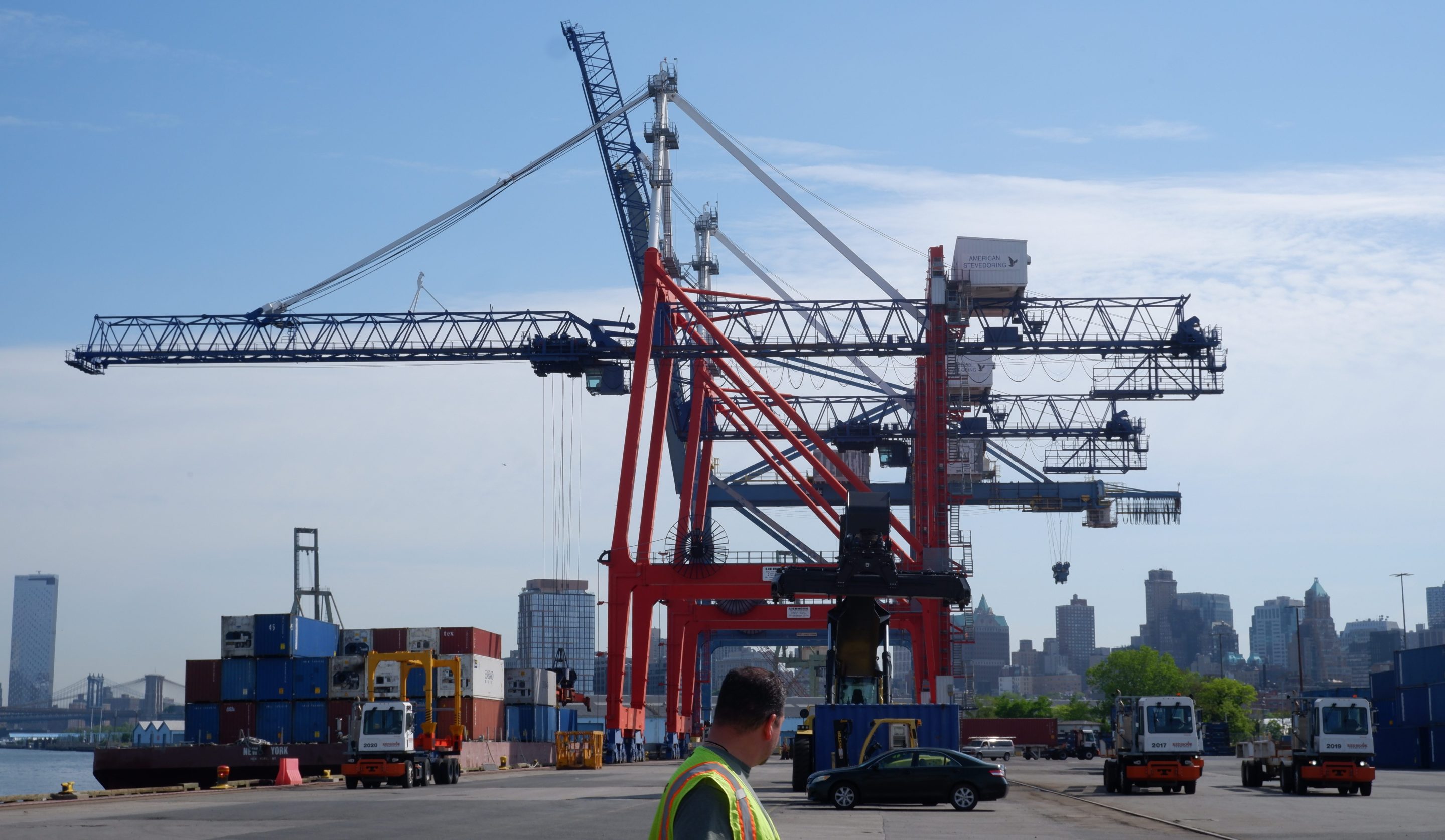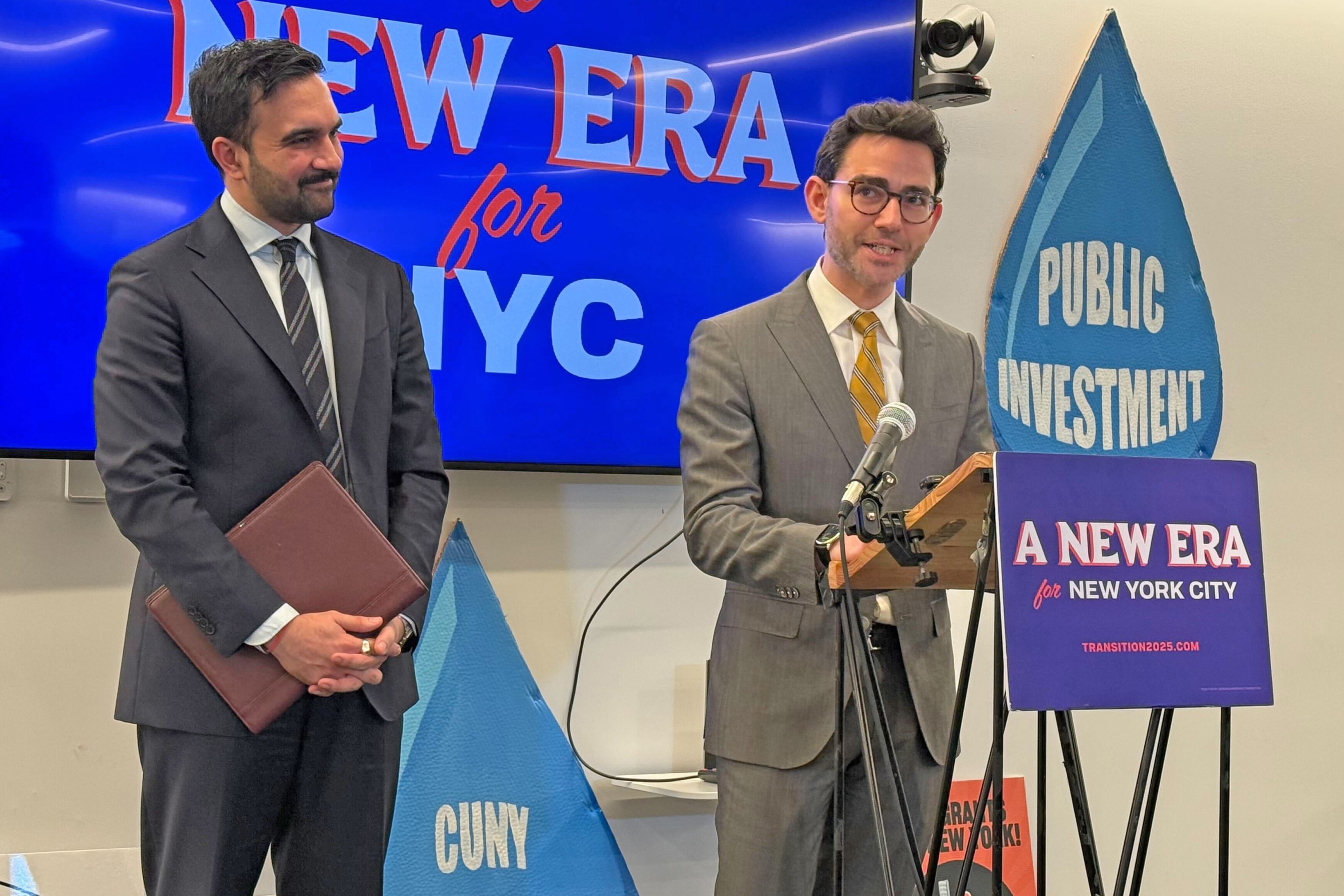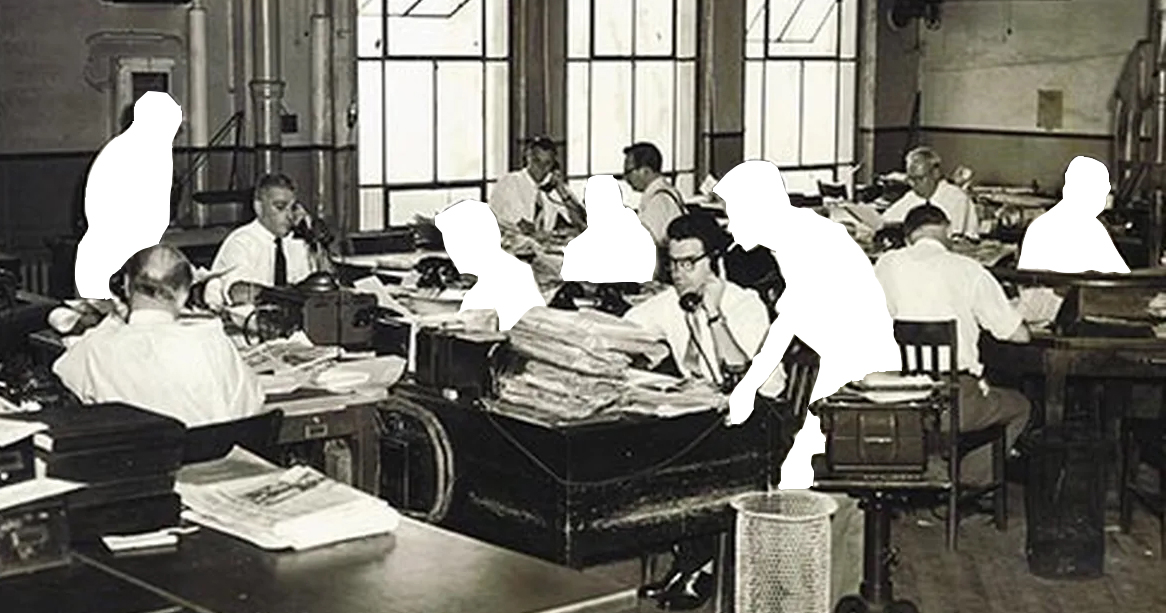The proposed conversion of a Brooklyn port into thousands of units of housing cleared a key approval on Monday — without anyone answering questions about how the area's transportation network will handle thousands of new residents.
Mayor Adams's Brooklyn Marine Terminal plan to transform the waterfront south of Brooklyn Bridge Park from the Columbia Street Waterfront to the Atlantic Basin in Red Hook into a mixed-use community with 6,000 new apartments and a modern marine freight hub won the required two-thirds approval from an oversight task force with local lawmakers and civic groups.
The plan got through the 28-member group without the support of eight panelists, including one of the co-chairs, who said Adams's grand vision needs to provide clear transportation upgrades address the barrage of traffic spilling over from the nearby Brooklyn-Queens Expressway.
"The plan completely disregards the BQE and the surrounding context," Council Member Alexa Avilés (D–Red Hook) told Streetsblog. "This is a pie-in-the-sky situation and it’s very frustrating."
The proposal by the quasi-public Economic Development Corporation [PDF], took shape after lengthy negotiations with elected officials up until less than a week ago. It will proceed through an environmental review and go through a state process known as a General Project Plan to override the industrial zoning and allow for residential and commercial development.
EDC hopes to have a GPP approval in late 2026, and construction is set to roll out in phases until 2038.
The blueprint includes some good news, like bus-priority corridors, restoring a defunct bus line, adding bike, pedestrian and micromobility greenways, switching to greener freight delivery, and caps on the number of parking spaces. But such proposals came without hard commitments, noted a member who voted against the plan.
"I’m not going to approve a plan that’s that defective, it’s just not the responsible thing to do," said Hank Gutman, a former Department of Transportation commissioner who now chairs the board of the Brooklyn Navy Yard and sits on the board of Brooklyn Bridge Park. "It would be governmental malpractice to approve that plan with that much housing in that location without having a serious answer on transportation including some notion of what’s going to happen with the BQE."
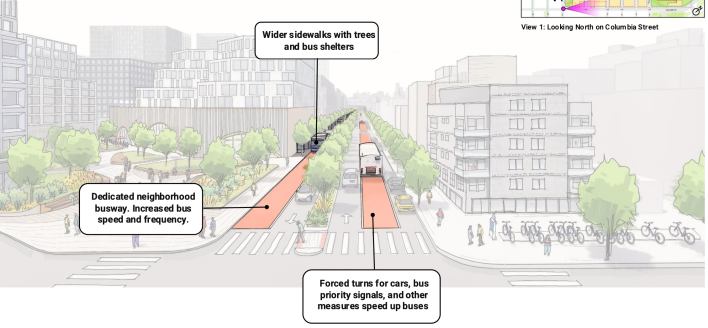
Transit woes
The Columbia Waterfront and Red Hook area is a long walk from the next-closest subway stations on the F and G lines, and its buses, like the B61 to Downtown Brooklyn, get stuck in gridlock traffic daily thanks to motorists using neighborhood streets as cut-throughs to avoid the trenched section of the BQE between Hamilton and Atlantic Avenues.
On top of that, trucks from last-mile warehouses inundate the waterfront area, while smoke-belching mega-cruise liners regularly dump passengers into hundreds of rideshare vehicles bound for Manhattan, snarling traffic even further.
The proposal does not commit to any mitigations to the highway-induced carmaggedon, and the city's Department of Transportation has yet to release a much-anticipated traffic study of the BQE, or say whether the officials intend to eliminate much of the overflow by closing an on-ramp at Atlantic Avenue.
The EDC pitched the overhaul as creating two districts with a "pedestrian-forward" design, including wider sidewalks, streets that prioritize people on foot or bike, and bus-only paths on bottlenecks like Columbia Street.
But it's not clear if those will be bus lanes or a more ambitious busway that bars through-traffic for private cars and trucks like on nearby Livingston Street or the Fulton Mall.
The new street layout would route trucks away from neighborhood thoroughfares and straight onto the BQE via Bowne Street and Hamilton Avenue, according to a preliminary grid.
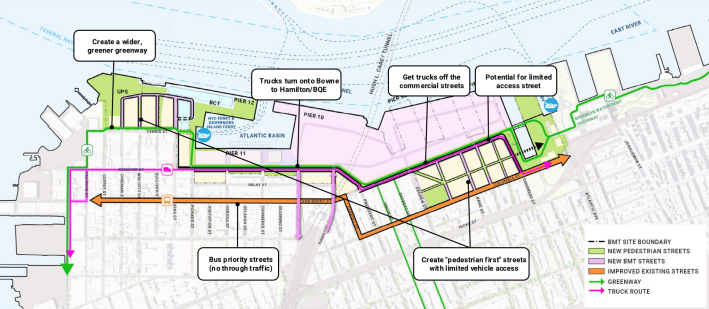
EDC said it would offer a shuttle bus for residents of the new developments to the closest subway stations, backed by $50 million, but Avilés knocked that idea for not helping existing residents.
"How lovely for those new residents that they get a private shuttle buses for a limited amount of time, because that’s a one-time infusion [of funding]."
As part of an upcoming environmental review, officials said they would study restoring the B71 bus, an out-of-service line that went from the Columbia Street Waterfront to Grand Army Plaza, until the Metropolitan Transportation Authority nixed it in 2010 amid low ridership, Brooklyn Paper reported. However, it's not guaranteed that the line will return.
EDC said it did support the creation of a direct bus from Red Hook to Lower Manhattan via the Hugh Carey Tunnel; the MTA has said its planners were taking a look at it, too.
The MTA is currently working on a separate redesign for the borough's bus network, which officials plan to release in the "latter half of 2025."
Parking and shipping
The new developments will include up to 3,800 housing units on the northern sector from Degraw Street to Atlantic Avenue, and 2,200 in the south along the Atlantic Basin.
The incoming towers will not be required to set aside any parking in their buildings, similar to the Adams's City of Yes zoning reform. There will be a yet-to-be-defined "maximum parking" cap, however, with developments likely sharing a handful of garages in each of the two districts, according to the plan.
The revamp also envisions the area becoming a hub for shifting freight delivery from trucks and onto boats and smaller delivery vehicles like e-cargo bikes, also known as a blue highway.
The Downtown Skyport just across the harbor near Wall Street is set to begin operating with waterborne shipping in 2027, and EDC is working on opening other ports of call at the former Vernon C. Bain prison barge off of Hunts Point in the Bronx, and the cruise terminal on Manhattan's West Side.
But it's unclear how many truck trips that would divert off roads, and whether companies would actually change their ways, noted a local civic advocate.
"How do we know that the container terminal is not going to keep their truck capacity while increasing their capacity through the use of barge," said Amy Breedlove, who chairs the Cobble Hill Association's Waterfront and Infrastructure Committee. "These are still ideas, this is not a plan."
One of the plan's chief boosters, task force Chair Rep. Dan Goldman, argued that the panel will still be able shape the details in the coming years as the BMT overhaul moves through multiple layers of input, and the federal lawmaker accused critics of scrambling to alter the proposal once it became clear that the scales were tipping in its favor.
"After months of silence and a refusal to engage in good faith, some task force members tried to renegotiate the vision plan only after the revised version was finalized and a vote was scheduled," Goldman's spokesperson, Simone Kanter, said in a statement. "As the Congressman has repeatedly said, this is the beginning, not the end, of the process, and he looks forward to tackling many important outstanding issues as the process moves forward."
